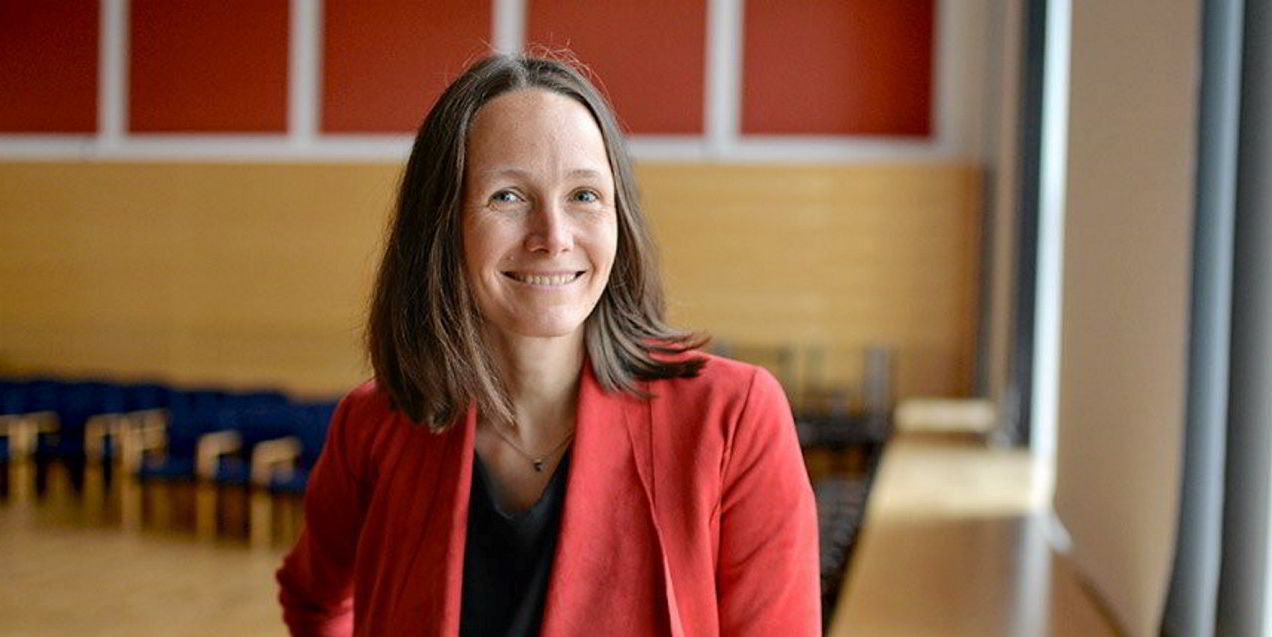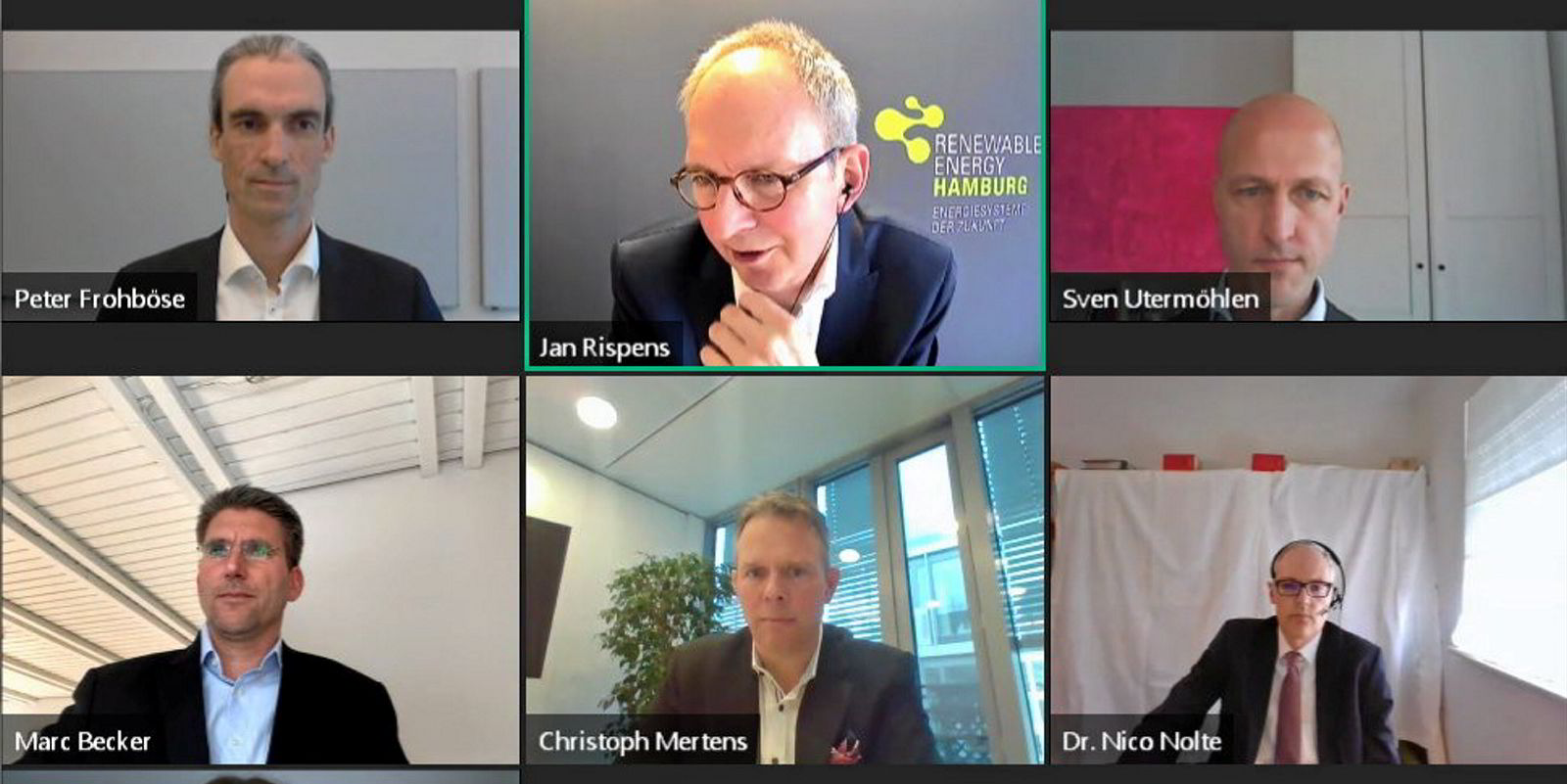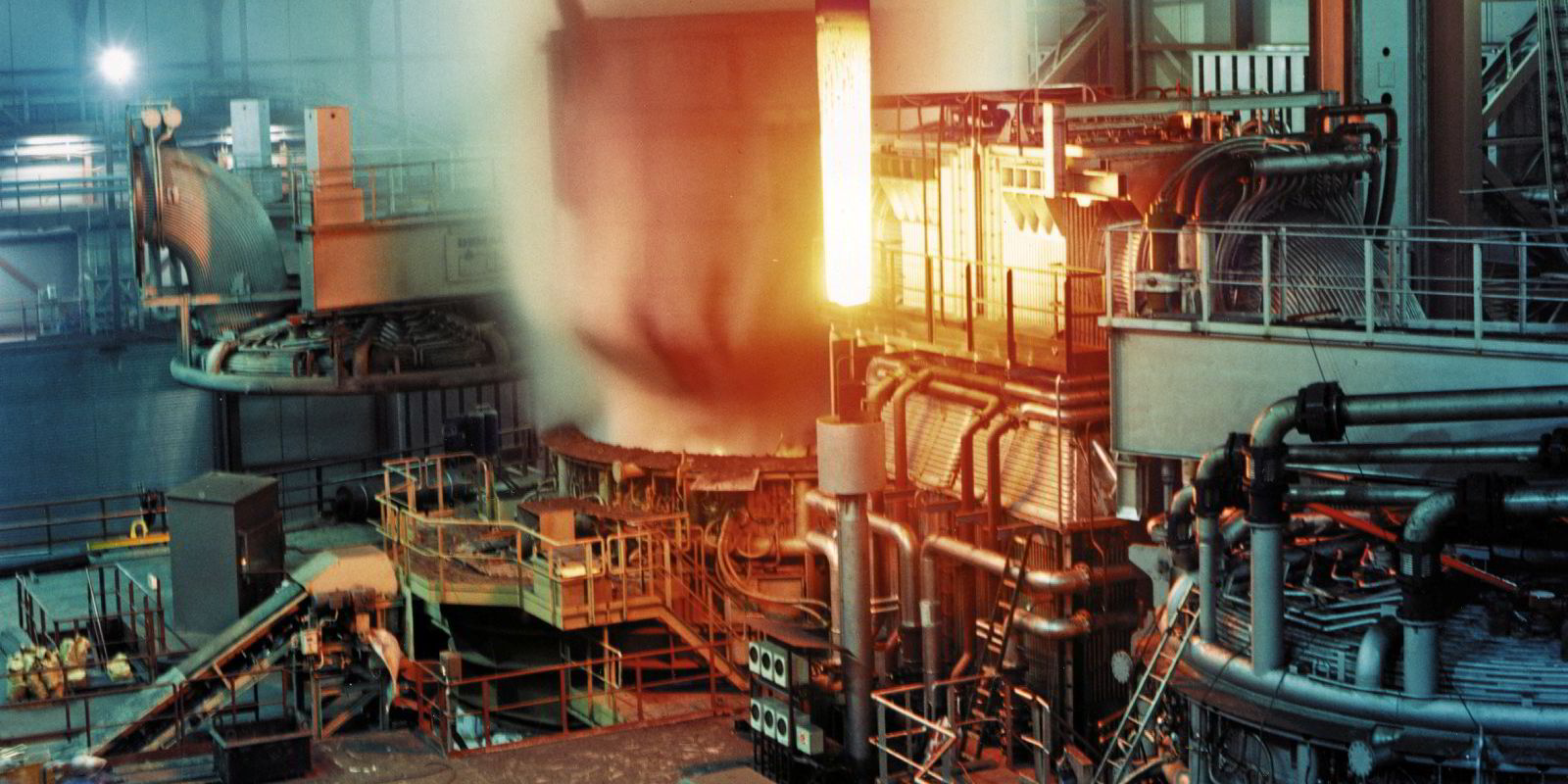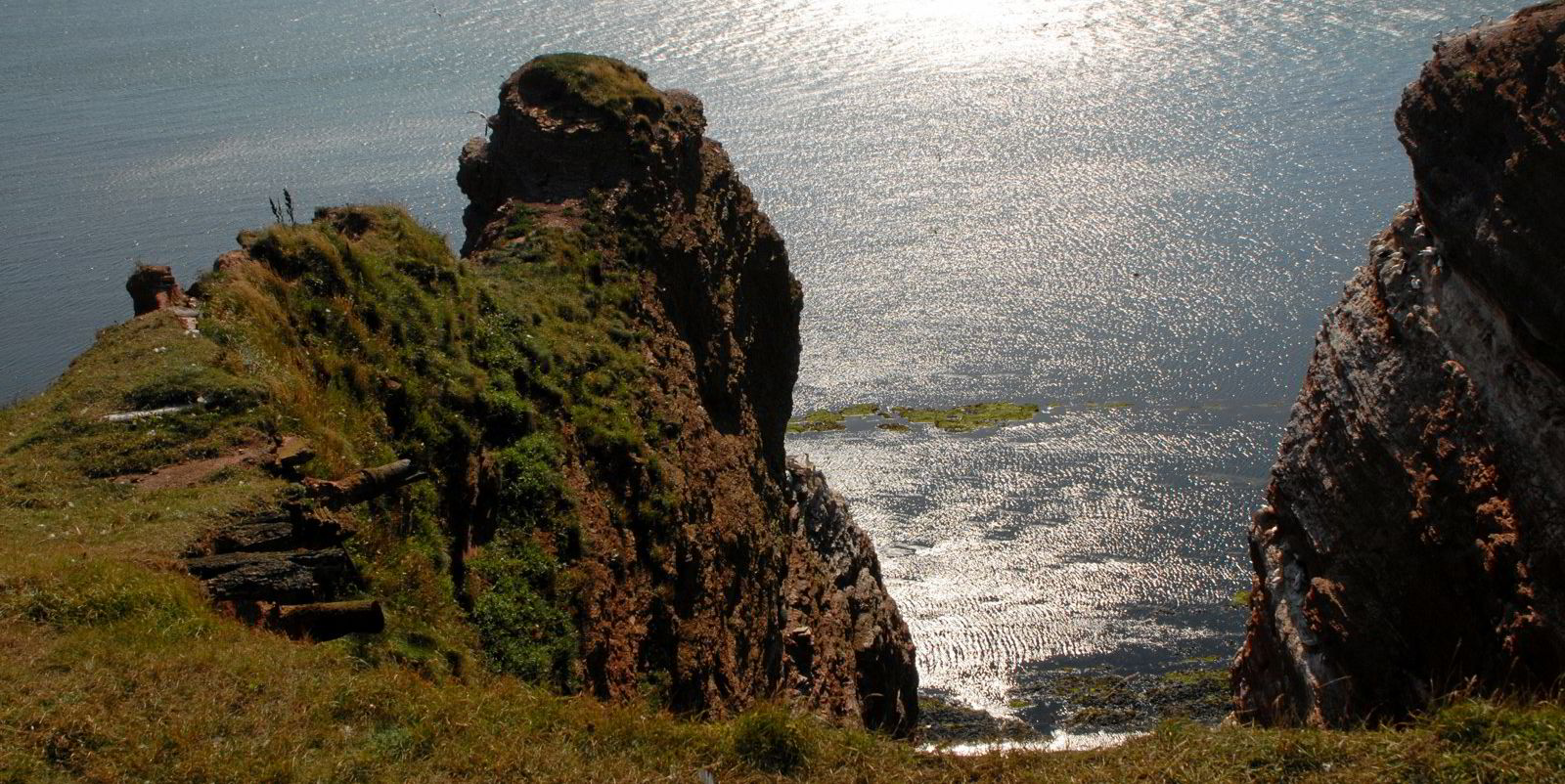Offshore wind is the king among renewable energy sources due to its system-stabilising high full-load hours, and should not be used for the exclusive production of hydrogen in off-grid arrays, said an energy lawmaker from Germany’s Green Party that could be part of the country’s next government.
“Wind and solar will be the sources of energy running the whole system, and offshore is by far the king [among renewables as a] source that is rather stable,” Ingrid Nestle, member of German lower house (Bundestag), told the online Hamburg Offshore Wind Conference in a keynote speech.
Germany recently had raised its 2030 offshore wind target to 20GW, and introduced a 40GW target for 2040, but Nestle pointed to a study by the Agora Energiewende think-tank that deems 51GW of offshore wind by 2040, and 70GW by 2050, necessary for Europe’s largest economy to reach climate neutrality by mid-century.
“The Greens want more offshore wind. 70GW [by 2050] sounds really high, because the North Sea and the Baltic Sea are limited, especially the German waters in it are very limited,” Nestle said, acknowledging that the renewable sector is a scarce example of a sector in which climate politicians have even higher ambitions than sector lobbyists.
Given Germany’s limited space on land, it is not realistic to “do a lot more onshore” in either PV or wind on land than what is already projected, the lawmaker said.
Green Chancellor?
The Greens are currently in opposition on a federal level, but stand good chances to either be part, or even lead, the next government after elections for the Bundestag in late September. The most recent opinion polls see the party at 21-23% of voter intentions - second only to those of Chancellor Merkel’s conservatives from the CDU/CSU, which currently poll around 26-27%.
The Greens on April 19 for the first time even want to present a candidate for Chancellor, which will be one of the current party leaders, Robert Habeck or Annalena Baerbock. The choice will put pressure on the CDU/CSU, which is in a bitter dispute about who should be their candidate as Merkel won’t stand for another term.
As offshore wind with more than 4,000 full load hours per year is one of the most stable renewable energy sources, its output should entirely be fed into the German electricity grid, Nestle said, arguing against proposals to produce green hydrogen directly at sea from offshore wind electricity and then transport it to land via pipelines.
“There will be hours in the year, when we have nothing else than offshore wind electricity, and we will need it as electricity. It is just a waste if these wind farms are not connected to the grid,” she said.
“We need all that room that is out there in the North and Baltic Sea for offshore wind farms … to stabilise the electricity sector.”
Hydrogen should instead be produced on land, whenever there is a surplus production of renewable energy. The green gas in Nestle’s opinion will mostly be produced when there are production peaks from PV, as those are “difficult to integrate in demand,” especially during the summer.
“It is important that we should really try to integrate the entire offshore wind production into the electricity grid, and not have off-grid offshore wind farms that only produce hydrogen.”
At times, when there is more offshore wind production than needed in the system, that amount of power could also be used for the production of hydrogen, but on land, Nestle said.
She added that a better interconnection of offshore wind capacities on a European level would also improve the energy system.
RWE sees room for offshore-to-H2
Sven Utermöhlen, chief operating officer of RWE Renewable’s offshore wind unit, said assuming that enough sea space could be found for 50GW of offshore wind in German waters, it is fair to have a discussion whether all of it should be linked to the electricity grid, or some 10GW could be built exclusively for the production of hydrogen.
“The one thing that offshore hydrogen has going for it, and the off-grid solution that Mrs Nestle was not so fond of, is that we know that grid capacity – not just bringing it from offshore to the shore, but then also from the coastline further in land – we know that that has been and still is a bottleneck in terms of buildout pace,” Utermöhlen said at a subsequent panel at the same conference.
“That is, or course, where potentially off-grid solutions with hydrogen could be an advantage.”
RWE is part of the 40-company AquaVentus consortium planning to use up to 10GW of offshore wind capacity around the German North Sea Island of Heligoland for the production of green hydrogen via electrolysis that would be transported to land in its gaseous form, without using the electricity grid.





